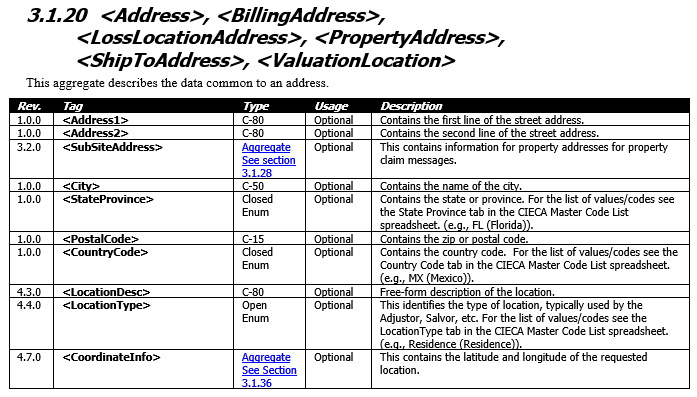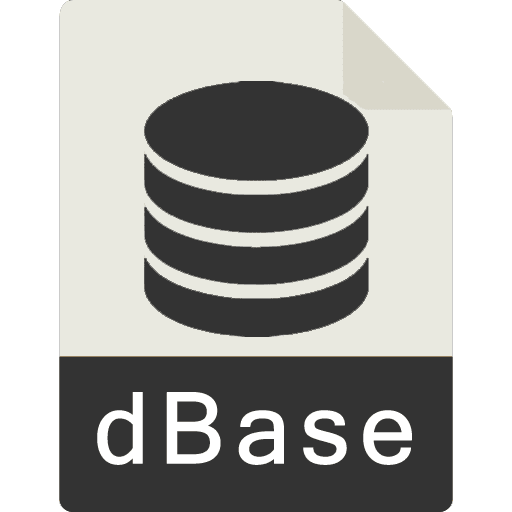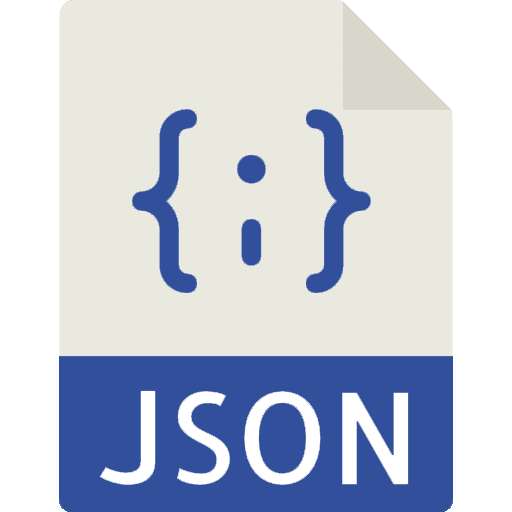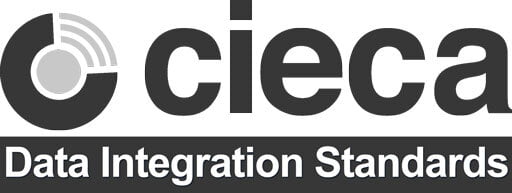CIECA 105
The Data Dictionary
It's all about the data!
The purpose of any integration is to exchange data between two or more parties. Speaking a common language is an essential part of the process. The Data Dictionary provides a common vocabulary that all parties to the process can use to build API's.
The CIECA Data Dictionary is a significant body of work that has been developed by all segments of the industry for more than 25 years. It is a comprehensive body of work and has become the de facto standard for the industry.
In this tutorial we will take a closer look at how the CIECA Data Dictionary is structured.
Elements of the Data Dictionary
Aggregates
Repeating groups of data are represented in the data dictionary as 'Aggregates'. In the BMS Standard, section 3 defines the common elements and aggregates. Parties, contact information, addresses and other elements that are used frequently throughout the repair process are defined as Aggregates.

This illustration shows the Address Aggregate within the BMS Standard. Each data element is identified as a Tag <Address>. The data type is defined as well as the Usage (Required, Optional, etc.). A Description provides additional information to help understand the data elements usage.
Data Dictionary by Standard

EMS
The EMS Standard supports only Service (Estimate). It has it's own Data Dictionary that is unique to the EMS. The EMS was created using dBase and does not use aggregates for repeating groups. Each data element in the EMS has a unique tag that does not correlate with the BMS or CAPIS standards.

BMS
The BMS data dictionary is contained within the BMS document. As mentioned previously, the BMS is designed to support XML based integrations and makes extensive use of aggregates. Data elements that common across multiple services are defined in the Common Aggregates section of the dictionary. Data elements that are unique to a specific service are contained in a corresponding section of the document.

CAPIS
The CAPIS data dictionary includes all data elements in a single comprehensive dictionary. Data elements are organized in alph sort.
NOTE: At this time the CAPIS Standard is still in development.

